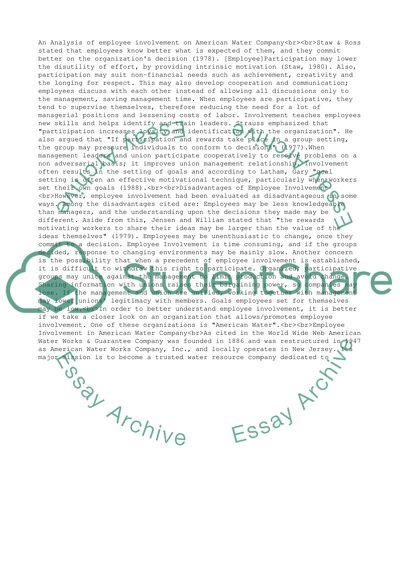Cite this document
(“An Analysis of employee involvement on American Water Company Essay”, n.d.)
An Analysis of employee involvement on American Water Company Essay. Retrieved from https://studentshare.org/management/1505097-an-analysis-of-employee-involvement-on-american-water-company
An Analysis of employee involvement on American Water Company Essay. Retrieved from https://studentshare.org/management/1505097-an-analysis-of-employee-involvement-on-american-water-company
(An Analysis of Employee Involvement on American Water Company Essay)
An Analysis of Employee Involvement on American Water Company Essay. https://studentshare.org/management/1505097-an-analysis-of-employee-involvement-on-american-water-company.
An Analysis of Employee Involvement on American Water Company Essay. https://studentshare.org/management/1505097-an-analysis-of-employee-involvement-on-american-water-company.
“An Analysis of Employee Involvement on American Water Company Essay”, n.d. https://studentshare.org/management/1505097-an-analysis-of-employee-involvement-on-american-water-company.


